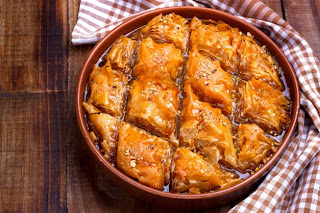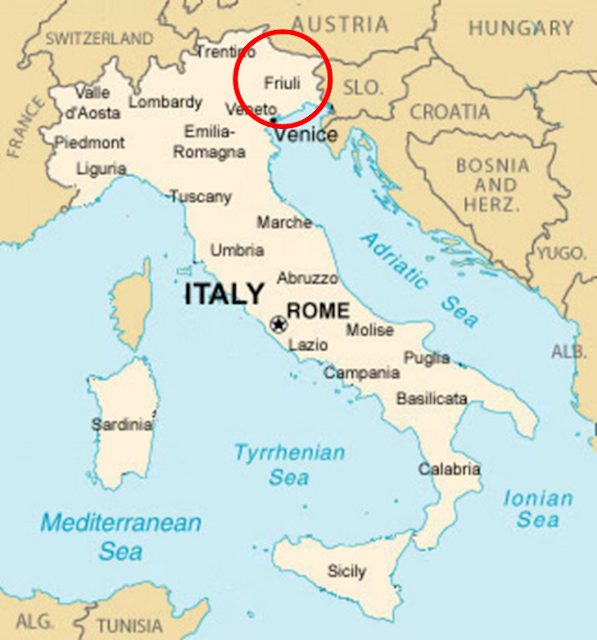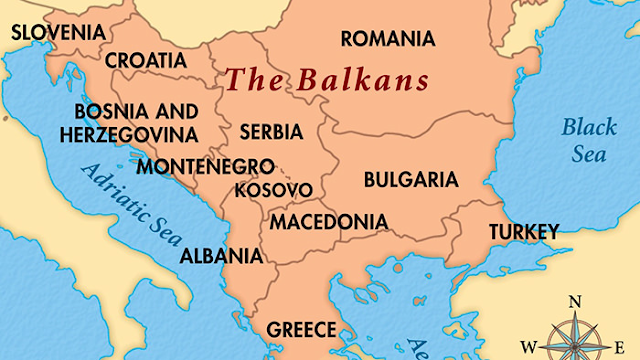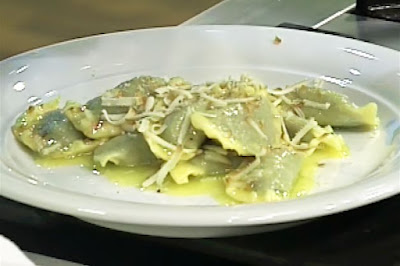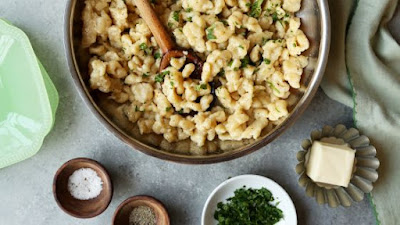Translate
Thursday, June 30, 2022
Wednesday, June 29, 2022
INTERNATIONAL: BREAD OF THE WEEK 129: Torte de Semolina.
INTERNATIONAL: BREAD OF THE WEEK 129: Torte de Semolina
Recipe for Lemon Semolina Tart
Origin. The exact origin of lemon cake is unknown. It is probably derived from the pound cake, which was first baked in England around 1700. A pound of each ingredient was used to make a simple, heavy cake to feed large groups of people.
Monday, June 27, 2022
INTERNATIONAL: BORDERLESS CUISINE 28: Lebanon, Syria, Jordan and Turkey (MIDEASTERN)
Jordan and Turkey (MIDEASTERN)
INTERNATIONAL: BORDERLESS CUISINE 28: Lebanon, Syria, Jordan and Turkey (MIDEASTERN)
LINK TO LEBANESE RECIPES COLLECTIONS
LINK TO LEBANESE-INPIRED RECIPES
LINK TO INSANELY GOOD LEBANESE RECIPES
LINK TO THE BEST LEBANESE RECIPES
--------------------------------------------------------------
SYRIAN CUISINE
ACCORDING TO WIKIPEDIA
Syrian cuisine is a Middle Eastern cuisine that includes the cooking traditions and practices of modern Syria (as opposed to Greater Syria), merging the habits of people who settled in Syria throughout its history.
Syrian cuisine mainly
uses eggplnt, zucchini, garlic, meat (mostly
from lamb
and sheep), sesame seeds, rice, chickpeas, fava
beans, lentils, cabbage, cauliflower, vine
leaves, pickled turnips, cucumbers, tomatoes, olive
oil, lemon juice, mint, pistachios, honey and
fruits.
At the beginning of the 21st century, selections of appetizers known as mezze are customarily served along with Arabic bread before the Syrian meal's main course, which is followed by coffee, with sweet confections or fruits at will. Many recipes date from at least the 13th century.
Kibbeh
Muhama

Maqluba
Baklava
SYRIAN LINKS BELOW
LINK to Allrecipes Syrian Recipes
LINK to Olive magazine Syrian Recipes
LINK to Syrian Recipes from Trip101
----------------------------
JORDANIAN CUISINE
Jordanian cuisine is a part of Levantine cuisine and shares many traits and similarities with the cuisine of Lebanoan, Palestine and Syria, often with some local variations. More generally Jordanian cuisine is influenced by historical connections to the cuisine of Turkey and the former Ottoman empire. Jordanian cuisine is also influenced by the cuisines of groups who have made a home for themselves in modern Jordan, including Armenians, Circassionans, Iraqis, Palistinians and Syrians.
Food is a very important aspect of Jordanian culture. In villages, meals are a community event with immediate and extended family present. In addition, food is commonly used by Jordanians to express their hospitality and generosity. Jordanians serve family, friends, and guests with great pride in their homes, no matter how modest their means. A "Jordanian invitation" means that one is expected to bring nothing and eat everything.
Celebrations in Jordan are marked with dishes from Jordanian cuisine spread out and served to the guests. Customs such as weddings, birth of a child, funerals, birthdays and specific religious and national ceremonies such as Ramadan and Jordan's independence day all call for splendid food to be served to guests. To celebrate the birth of a child, karawiya, a caraway-flavoured pudding, is commonly served to guests.
LINK to most popular Jordanian Foods
Wiki link to Jordanian Cuisine
 |
TURKISH CUISINE
Turkish cuisine (Turkish: Türk mutfağı) is largely the heritage of Ottoman cuisine, which can be described as a fusion and refinement of Mediterranean, Balkan, Middle Eastern, Central Asian, Eastern European, Armenian and Georgian neighbouring cuisines, including those of Southeastern Europe (Balkans) Central and Western Europe. The Ottomans fused various culinary traditions of their realm with influences from Mesopotamian cuisine, Greek cuisine, Levantine cuisine, Egyptian cuisine, Balkan cuisine, along with traditional Turkic elements from Central Asia (such as ayran and kaymak), creating a vast array of specialities.
LINK to Traditional Turkish Cuisine
Tuesday, June 21, 2022
INTERNATIONAL: BORDERLESS CUISINE 27 - Friuli-Venezia Giulia (Itally)
INTERNATIONAL: BORDERLESS CUISINE 27: Friuli-Venezia Giulia (ITALY)
Map of the Balkans
Both sweet and savory versions of strucolo, Friuli’s take on Austrian strudel, are enjoyed in the region. In either case, strucolo features a roll of dough stuffed with some variation of filling. Savory strucolo is served as a primo piatto, or first course, and contains just about anything. Typical fillings include ricotta, spinach, peas, or minced veal, or beef. If not baked, strucolo are rolled, tied on the ends with thread, and boiled. They may be served seasoned with melted butter and breadcrumbs or cheese. In contrast, strucolo di pomi is a popular sweet version similar to apple strudel.
Especially prominent in Trieste yet enjoyed throughout Friuli, gnocchi di prugne are plum-filled potato dumplings popular in regions once ruled by the Austro-Hungarian empire.
A Friulian specialty inherited from the
Balkans, cevapčići are a cross between kebabs and sausages.
They’re made from mixed minced beef and lamb meat, seasoned with garlic, onion,
paprika, white wine, and olive oil. The latter of which helps the meat
remain tender while grilling. Cevapcici is served with ajvar
sauce for an authentic taste of the Balkans in Friuli.
Adored in Trieste and Gorizia, presnitz is a coiled spiral of puff pastry dough filled with a mixture of dried fruits, nuts, citrus peel, cinnamon, and rum. It’s baked and then sprinkled with powdered sugar for a heartwarming dessert. Presnitz originally hails from a Slovenian town just over the border from Italy called Castagnevizza.
Goulash
Triestino originates
from Trieste, the capital of Friuli-Venezia Giulia, which was a part of the Austro-Hungarian
Empire, and as a result, the goulash is made with Hungarian paprika, among
other ingredients.
Paparot is a traditional Italian soup originating from the
Friuli-Venezia Giulia region.
Friuli is a multicultural melting pot of Slavs, Austrians and
Italians – the people of Friuli speak multiple languages, ranging from Venetian
dialects in the south, Slovene and Bavarian in the north and the native
Friulian dialect (as well as the official language of Italian).
Heavily influenced by nearby Austria, Slovenia and Croatia,
Friuli is a fascinating confluence of culinary scenes – goulash is served with
polenta, gnocchi are made with cherries and prunes and the most popular
regional dish is jota – a stew made with sauerkraut, beans, potatoes and
bacon.
The first time you see brovada in Friuli Venezia Giulia, you might well mistake it for sauerkraut – although the two are different, it’s clear that brovada has its roots over the border in Austria. Whereas sauerkraut uses cabbage, brovada takes thin slices of turnip (or whole vegetables, as above) and macerates them in red wine vinegar and grape must, before cooking it all down with oil, bay leaves and a nice chunk of fatty pork. Polenta has roots in the north and central Italy, as well as neighboring countries, such as Switzerland, Slovenia, and Croatia.
Try Friuli-Venezia Giulia for prosciutto di San Daniele.
What is Italian cuisine in Slovenia? Italian cuisine has particularly influenced the cuisine of Slovenian Istria, given the historical presence of local ethnic Italians (Istrian Italians), influence that has eased after the Istrian-Dalmatian exodus.
You’ll find that the region has just as much in common with neighboring
Austria, Slovenia and nearby Croatia as it does with its homeland.
Centuries of Austrian rule have left an indelible mark on
Friulian cuisine, in surprising and unsurprising ways. Friulians have a
particular love for stereotypical Germanic cuisine – meat, potatoes and
sauerkraut, for example – that doesn’t really exist in other parts of Italy.
The western world remains obsessed by European coffee culture,
but that culture first started in Veneto and Friuli. Venice is widely regarded
as the first port to start importing coffee into Italy, but the Friulian city
of Trieste was just as important in the coffee trade – Vienna already had a
significant coffee-drinking culture by the mid-seventeenth century, and all
that coffee had to come through Trieste. The Austrian capital still has a
reputation for outstanding coffee, but as a result, so does Trieste – the city
is home to Illy Coffee, and the coffee bars are thriving hubs of activity throughout
the day. Try a cappuccino Triestino while
you’re there – it’s somewhat like a macchiato but
with whipped cream instead of milk!
Strucolo is Friuli’s take on the famous Austrian strudel, but they are much more versatile than their Germanic cousins. Savory strucolo often comes as a first course and can contain almost anything; ricotta, peas, spinach and veal mince are all common. Dried fruit and chocolate are common in sweet strucolo, although if you’re anywhere around Trieste you’ll likely find them stuffed with walnuts, breadcrumbs and raisins – a local delicacy. If they’re not baked, strucolo are sometimes wrapped and boiled – once cooked, they’re sliced and served with a good sprinkling of sugar and maybe even some whipped cream for extra decadence. You'll also find plenty of Friulian bakeries serving apple strudel; the quintessential dessert of the region.
Brovada is very typical of Friuli, and another great example of the region’s Austrian heritage. Turnips are cut into small slices or left whole and macerated in red wine vinegar and grape must before being cooked down very slowly in a pot with a splash of oil, bay leaves and a fatty piece of pork. The result turns out very much like sauerkraut – the vinegar pickles the turnips whilst they cook down, and the finished brovada is often served with muset – a large pork sausage made from pig snout that's similar to cotechino.
Stews are common in Friuli Venezia Giulia, and gulasch is especially popular in the winter. Though we typically associate gulasch (or goulash) with Hungary, Austria and Hungary have only been independent since the end of World War One, so they have a huge amount in common. Gulasch in Friuli is very similar to that you’d find further north – big chunks of melt-in-the-mouth, slow-cooked beef with lots of hot pepper and paprika. The Italian twist? Gulasch in Friuli is normally served with polenta – a staple all across the north of Italy.
Mainland cuisine is more characterized by the earlier Slavic and the more recent contacts with Hungarian and Turkish cuisine, using lard for cooking, and spices such as black pepper, paprika and garlic.[The coastal region bears the influences of the Greek and Roman cuisine, as well as of the later Mediterranean, in particular Italian (especially Venetian). Coastal cuisines use olive oill, herbs and spices such as rosemary, sage, bay leaf, oregano, marjoram, cinnamon, clove, nutmeg and lemon and orange rind. Peasant cooking traditions are based on imaginative variations of several basic ingredients (cereals, dairy products, meat, fish, vegetables, nuts) and cooking procedures (stewing, grilling, roasting, baking), while bourgeois cuisine involves more complicated procedures and use of selected herbs and spices. Charcuterie is part of the Croatian culinary tradition in all regions. Food and recipes from other former Yugoslav countries are also popular in Croatia.


















